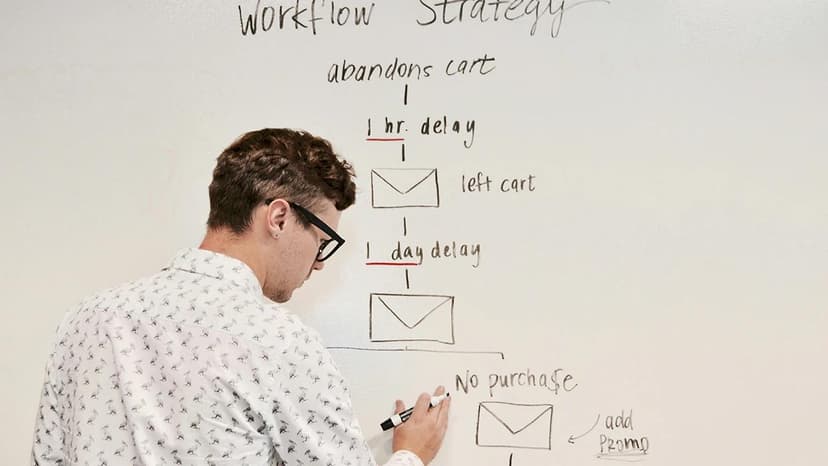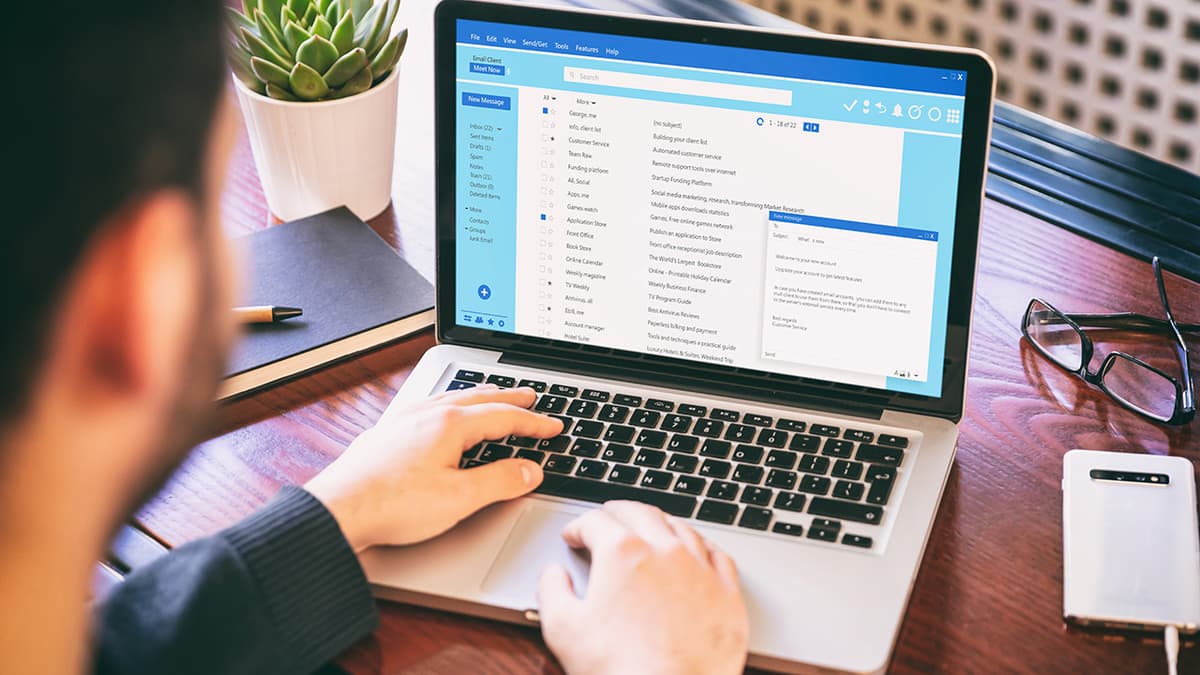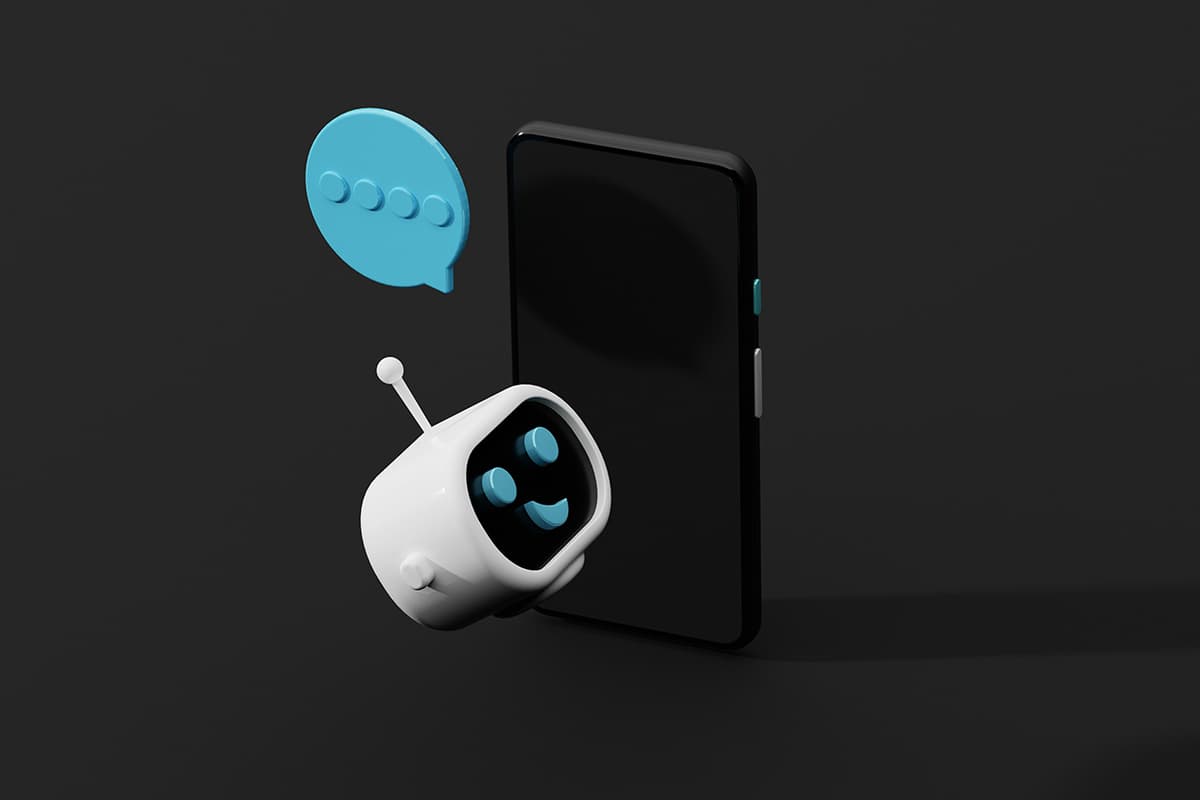What Is SaaS Sales
The Software as a Service (SaaS) model has transformed the IT industry. It offers businesses adaptable, scalable, and cost-effective software solutions accessible via the internet. This article focuses on a vital aspect of SaaS—SaaS sales.
What is SaaS Sales?
SaaS sales involves the process of selling cloud-based software products to customers. The main focus is on subscriptions rather than outright sales. Customers subscribe to the software, allowing access over a specific period. This model emphasizes maintaining ongoing relationships with customers instead of one-time transactions.
Characteristics of SaaS Sales
SaaS sales differ significantly from traditional sales methods. Here are the key characteristics:
-
Subscription-Based: Revenues come from recurring monthly or annual fees that customers pay for the software services.
-
Long Sales Cycles: SaaS products can be complex, and decision-making often requires more time. Thus, the sales cycle is longer, necessitating considerable nurturing and ongoing support.
-
Customer Retention is Key: The focus is not only on acquiring customers but also on retaining them. A longer customer lifespan increases Customer Lifetime Value (CLV) and enhances profitability for the company.
Important Stages Involved in the SaaS Sales Process
-
Lead Generation: This initial stage aims to identify potential customers (leads) likely to need the product.
-
Lead Qualification: Determine if the potential customer has the need, budget, and authority to purchase the SaaS product.
-
Product Demonstration: Present a demo showcasing key features and advantages of the software.
-
Follow-up/Support: Maintain contact with the potential customer, providing additional information and addressing any questions after the demonstration.
-
Negotiation/Closing: In this final stage, both parties negotiate price, terms, and conditions to close the deal.
Challenges in SaaS Sales
SaaS sales present exciting opportunities but also come with challenges:
-
Customer Churn: This metric indicates the percentage of customers who cancel their subscriptions. A high churn rate can threaten the revenue of a SaaS company.
-
Increasing Competition: The rise in the popularity of the SaaS model has led to numerous companies offering similar solutions, resulting in high competition.
-
Cybersecurity Concerns: Potential customers may worry about data security when stored in the cloud. SaaS companies need to reassure customers about the security measures implemented.
SaaS sales focus on providing a service experience rather than just selling a product. A deep understanding of customer needs is required to provide suitable solutions and foster long-term relationships.












